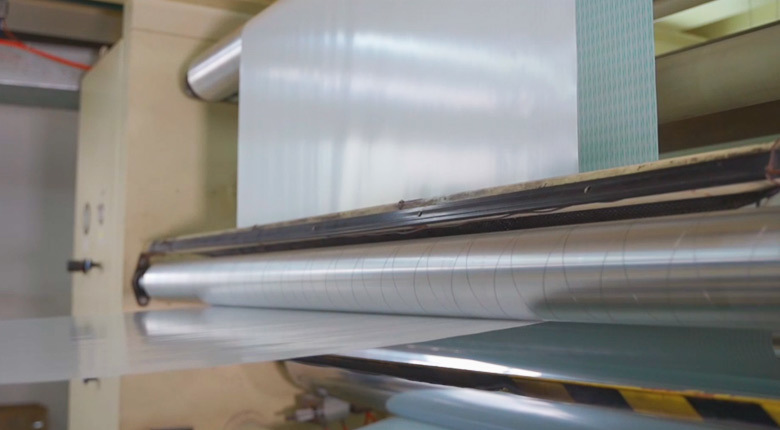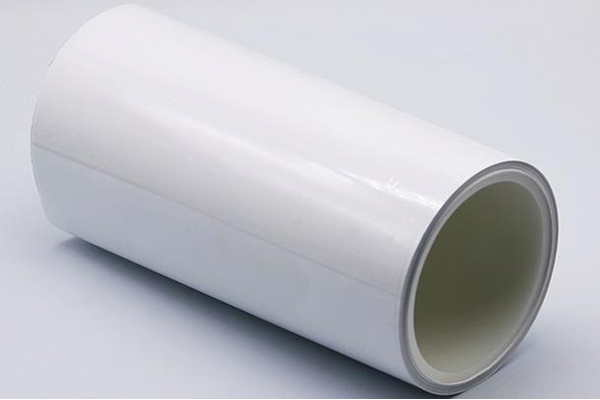What strict requirements are there for product quality during the production process of customized release films?
Release time:
2025-01-20
The uniformity of the thickness of the release film is a crucial quality indicator. During the production process, it is essential that the thickness of the release film remains as consistent as possible across the entire surface. For instance, in certain high-precision applications in the electronics industry, such as the release film used in touchscreen manufacturing, the thickness tolerance may need to be controlled within ±2μm. This is due to the fact that uneven thickness can result in inconsistent release forces during subsequent use, which can affect the adhesion and separation performance of the materials.
1. Physical Performance Aspect
Thickness Uniformity:
The uniformity of thickness in custom release films is a crucial quality metric. During the manufacturing process, it is essential that the thickness of the release film remains as uniform as possible across the entire surface. For instance, in certain high-precision applications within the electronics industry, such as the release films used in touchscreen production, the thickness tolerance may need to be maintained within ±2μm. This is due to the fact that uneven thickness can result in inconsistent release forces during subsequent usage, which can adversely affect the bonding and separation performance of the materials.
To ensure thickness uniformity, it is necessary to precisely control parameters such as the extrusion amount of the extruder, the gap of the die, and the traction speed during the production process. At the same time, high-precision thickness detection equipment should be used for real-time monitoring and feedback adjustments to ensure that the thickness of the release film meets custom requirements.
Tensile Strength and Elongation at Break:
Release films need to have certain tensile strength and elongation at break to withstand the tensile forces during production, transportation, and use. Different application scenarios have different requirements for these two performance indicators. For example, in the packaging industry, release films may need to withstand certain tensile forces to wrap products, with tensile strength generally required to be no less than a certain value (e.g., 20MPa), and elongation at break within a certain range (e.g., 100% - 500%) to prevent film rupture during stretching.
During production, the tensile strength and elongation at break of the release film can be ensured by selecting suitable raw material resins and strictly controlling processing parameters such as stretching temperature and stretching ratio. In terms of raw material selection, high molecular weight resins can generally provide higher tensile strength, but their processing performance and cost also need to be considered.
Dimensional Stability:
Release films should maintain good dimensional stability under different temperature and humidity environments. For example, in some applications in the printing and labeling industries, if the release film has unstable dimensions, it may lead to deformation of printed patterns or inaccurate label adhesion. Generally, it is required that the dimensional change rate of the release film is controlled within ±0.5% within a certain temperature change range (e.g., -10℃ - 60℃).
This requires appropriate heat treatment of the release film during the production process, such as annealing, to eliminate internal stress, while optimizing the formulation and adding an appropriate amount of stabilizers to improve the dimensional stability of the film.
2. Chemical Performance Aspect
Chemical Resistance:
Custom release films need to have good chemical resistance to withstand the erosion of various chemicals they may come into contact with during use. For example, in the electronics industry, release films may come into contact with some organic solvents (such as acetone, ethanol, etc.), and in the food packaging industry, they may come into contact with oils, acids, and other components in food.
During production, the chemical resistance of the release film can be improved by selecting resin materials with good chemical resistance, such as polytetrafluoroethylene (PTFE), polyester (PET), etc., and performing appropriate surface treatments (such as coating with chemical-resistant coatings). At the same time, in the product quality inspection phase, it is necessary to simulate the actual use environment and conduct chemical resistance tests on the release film to ensure it meets the requirements of specific application scenarios.
Compatibility with Adhesives:
An important use of release films is as isolation materials to prevent adhesives from sticking when not in use. Therefore, their compatibility with adhesives is crucial. Different types of adhesives (such as acrylic adhesives, hot melt adhesives, etc.) have different requirements for the surface properties of the release film.
During production, it is necessary to strictly control parameters such as the surface energy and roughness of the release film to ensure good release performance with specific adhesives. By adjusting coating processes, surface treatment processes (such as corona treatment), etc., in the production process, the compatibility of the release film with adhesives can be optimized. Additionally, during the product testing phase, actual adhesive bonding and peeling tests should be conducted to verify the release effect.
3. Release Performance Aspect
Release Force Stability:
Release force is one of the most important performance indicators of release films. During custom production, it is required that the release force remains stable across the entire film surface and can also maintain relative stability under different usage environments (such as temperature and humidity changes). For example, for some high-precision industrial tape release films, the tolerance of the release force may need to be controlled within ±5g/cm.
This requires precise control of the coating amount, coating uniformity, and curing conditions of the release agent. During production, advanced coating equipment, such as high-precision gravure printing machines or comma blade coating equipment, should be used to ensure that the release agent is evenly coated on the surface of the release film, and strict curing processes should be controlled to ensure good bonding between the release agent and the release film surface, thereby ensuring the stability of the release force.
Durability of Release Effect:
Release films need to maintain good release effects within a certain shelf life. This is particularly important for products that are stored for a long time (such as labels, tapes, etc.). During production, it is necessary to select stable quality release agents and thoroughly test the performance of the release agents.
At the same time, considering different storage environments, such as high temperature and high humidity environments that may affect the performance of the release agents, corresponding measures should be taken during product design and production, such as adding antioxidants, moisture-proof agents, and other additives, or using special packaging materials to protect the release film and extend the durability of the release effect.
More information
Tel: 0086-513-69812188
E-mail: andy@paoyan.com.cn
Address: 188 Baichuan Road, Hai’an High-tech Zone, Jiangsu Province, China.

Sweep and pay attention to Baoyan Technology






